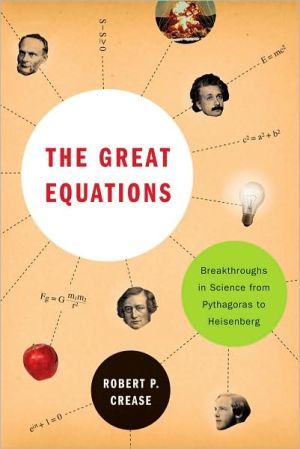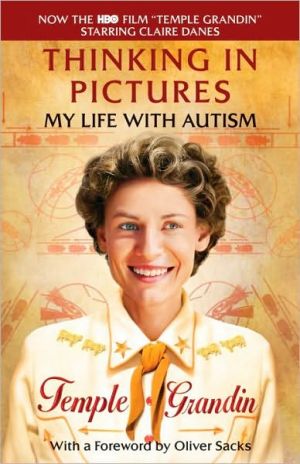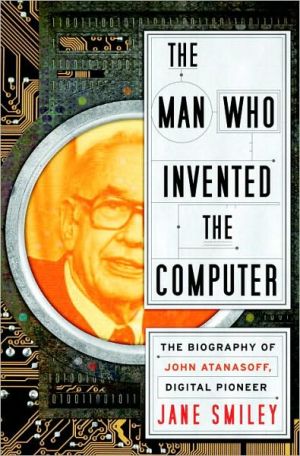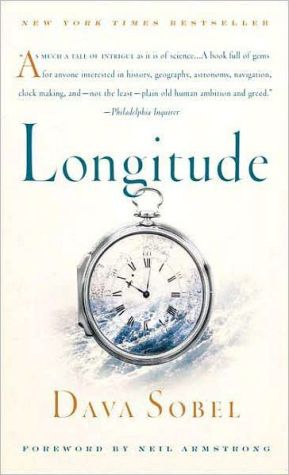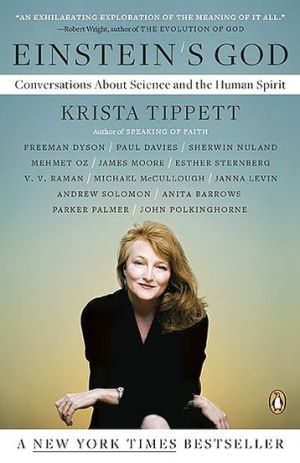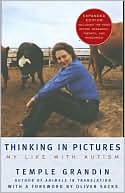The Great Equations: Breakthroughs in Science from Pythagoras to Heisenberg
“Any reader who aspires to be scientifically literate will find this a good starting place.”—Publishers Weekly\ While we may be familiar with some of science’s greatest equations, we may not know that each and every equation emerged not in “Eureka!” moments but in years of cultural developments and scientific knowledge. With vignettes full of humor, drama, and eccentricity, philosopher and science historian Robert P. Crease shares the stories behind ten of history’s greatest equations, from...
Search in google:
Great innovations in science and the people behind them. Publishers Weekly Although most people can recite Einstein's famous little equation, even if we don't know quite what it means, who has heard of the 18th-century mathematician Leonhard Euler, let alone know anything at all about his famous equation? Crease, a Stony Brook philosophy professor and popular science writer, has already taken on "the ten most beautiful experiments in science" in The Prism and the Pendulum, and in this enjoyable book he explores 10 rather beautiful equations. He begins with the beguiling simplicity of the equation that bears Pythogoras' name (although he says the Greek wasn't the first to discover it) and moves on to Newton's second law of motion and law of universal gravitation, the second law of thermodynamics, Maxwell's celebrated equations, discoveries by Einstein and Schrödinger and, finally, Heisenberg's famous uncertainty principle. Crease explains the significance of each of these formulas for science and, in brief "interludes" between chapters, explores the "journeys" these scientists took "from ignorance to knowledge," and the "social lives" of their theories-their impact on the larger culture. Any reader who aspires to be scientifically literate will find this a good starting place. 43 illus. (Jan.)Copyright © Reed Business Information, a division of Reed Elsevier Inc. All rights reserved.
Introduction 13Ch. 1 "The Basis of Civilization": The Pythagorean Theorem 21Interlude Rules, Proofi, and the Magic of Mathematics 42Ch. 2 "The Soul of Classical Mechanics": Newton's Second Law of Motion 46Interlude The Book of Nature 65Ch. 3 "The High Point of the Scientific Revolution": Newton's Law of Universal Gravitation 69Interlude That Apple 88Ch. 4 "The Gold Standard for Mathematical Beauty": Euler's Equation 91Interlude Equations as Icons 107Ch. 5 The Scientific Equivalent of Shakespeare: The Second Law of Thermodynamies 111Interlude The Science of Impossibility 128Ch. 6 "The Most Significant Event of the 19th Century": Maxwell's Equations 132Interlude Overcoming Anosognosia; or Restoring the Vitality of the Humanities 152Ch. 7 Celebrity Equation: E = mc[superscript 2] 156Interlude Crazy Ideas 180Ch. 8 The Golden Egg: Einstein's Equation for General Relativity 185Interlude Science Critics 209Ch. 9 "The Basic Equation of Quantum Theory": Schrodinger's Equation 214Interlude The Double Consciousness of Scientists 230Ch. 10 Living with Uncertainty: The Heisenberg Uncertainty Principle 235Interlude The Yogi and the Quantum 261Conclusion: Bringing the Strange Home 266Notes 273Illustration Credits 299Index 303
\ Publishers WeeklyAlthough most people can recite Einstein's famous little equation, even if we don't know quite what it means, who has heard of the 18th-century mathematician Leonhard Euler, let alone know anything at all about his famous equation? Crease, a Stony Brook philosophy professor and popular science writer, has already taken on "the ten most beautiful experiments in science" in The Prism and the Pendulum, and in this enjoyable book he explores 10 rather beautiful equations. He begins with the beguiling simplicity of the equation that bears Pythogoras' name (although he says the Greek wasn't the first to discover it) and moves on to Newton's second law of motion and law of universal gravitation, the second law of thermodynamics, Maxwell's celebrated equations, discoveries by Einstein and Schrödinger and, finally, Heisenberg's famous uncertainty principle. Crease explains the significance of each of these formulas for science and, in brief "interludes" between chapters, explores the "journeys" these scientists took "from ignorance to knowledge," and the "social lives" of their theories-their impact on the larger culture. Any reader who aspires to be scientifically literate will find this a good starting place. 43 illus. (Jan.)\ Copyright © Reed Business Information, a division of Reed Elsevier Inc. All rights reserved.\ \
